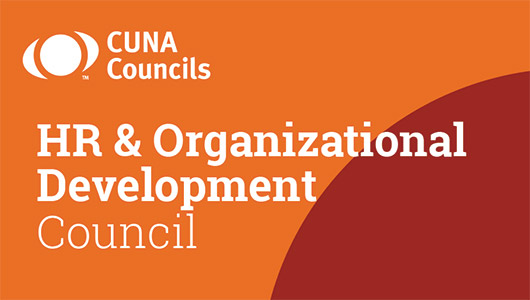
Navigating the Great Resignation
Companies shift incentives, communication to entice workforce to return.
Listen to the article
Every industry has had to navigate the Great Resignation for the past couple of years.
The pandemic changed the workforce, shutting companies down, expanding remote work, and, eventually, leading to an employees’ market that saw many people leave their jobs.
The reasons for this include uncertainty, low wages, a lack of career opportunities, and the need to stay home to take care of children.
Chris Richter, Aon associate partner of human capital solutions, says those with the highest job turnover are younger generations, women, and lower-level roles.
“We’re seeing all the pent-up turnover that would have normally happened in 2020 happening in 2021, plus the normal 2021 turnover,” says Katrina Gerenz, Aon banks and credit unions compensation consultant, citing positive signs for the labor market, such as one million new job participants in January. “We certainly haven’t turned the corner yet, but there are some positive signs that we’re hopefully dipping out of this.”
Richter says businesses should periodically recruit their employees. The most obvious way to entice people to return to work is by increasing their pay, with higher base salaries and sign-on bonuses.
But that’s not “the only lever you have to pull,” Gerenz says, suggesting communication is a key part of building relationships and trust with employees.
Additional strategies to retain talent include offering improved training opportunities, adjusting and better communicating career architecture, emphasizing integrated learning and development offerings, implementing or enhancing recognition programs, providing technology-enabled tools to facilitate mobility, and incorporating assessments to aid talent development, Richter says.
While many companies offer remote and hybrid work arrangements and flexible hours, Richter says most firms are stopping short of offering shift selection, increasing part-time eligibility, or offering flexibility in days worked.
Three trends Richter observes in retail banking:
- Wage pressures continue.
- Branch models adapt to complement digital strategy and evolving staffing models.
- COVID-19 tested credit unions’ digital readiness.
The industry’s initial reactions to the pandemic were to protect employees and shift staff where needed. Richter sees the next phase as a competition for talent.
Richter and Gerenz addressed a CUNA Councils event, “Managing the Great Resignation: Compensation Trends for Credit Unions.”
